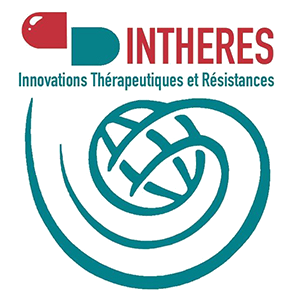Epistaxis associated with Angiostrongylus vasorum infection in a dog
Abstract
Abstract A 9‐month‐old, female, entire border collie was presented as an emergency for unilateral epistaxis, rapidly evolving to bilateral, and lethargy of sudden onset. A moderate broncho‐interstitial pattern was present on thoracic radiographs, particularly in the caudo‐dorsal lung lobes. Haematology and coagulation parameters (prothrombin time, partial thromboplastin time, fibrinogen) were within normal range. Multiple larvae (L1) of Angiostrongylus vasorum were identified both on flotation (Ovassay technique) and sedimentation (McKenna technique). The dog was treated with fenbendazole (50 mg/kg) for 15 days. On re‐examination, 4 days after completion of treatment, faecal analysis was negative and thoracic radiographs were improved. This case reports epistaxis as the main clinical finding in a young dog infested with A. vasorum , in the southwest of France, where this parasite is endemic. If bleeding diatheses are increasingly reported in angiostrongylosis, epistaxis is an unusual presentation, especially as the sole clinical sign of bleeding, in a dog with normal coagulation parameters.
Origin : Publisher files allowed on an open archive
licence : CC BY - Attribution
licence : CC BY - Attribution




